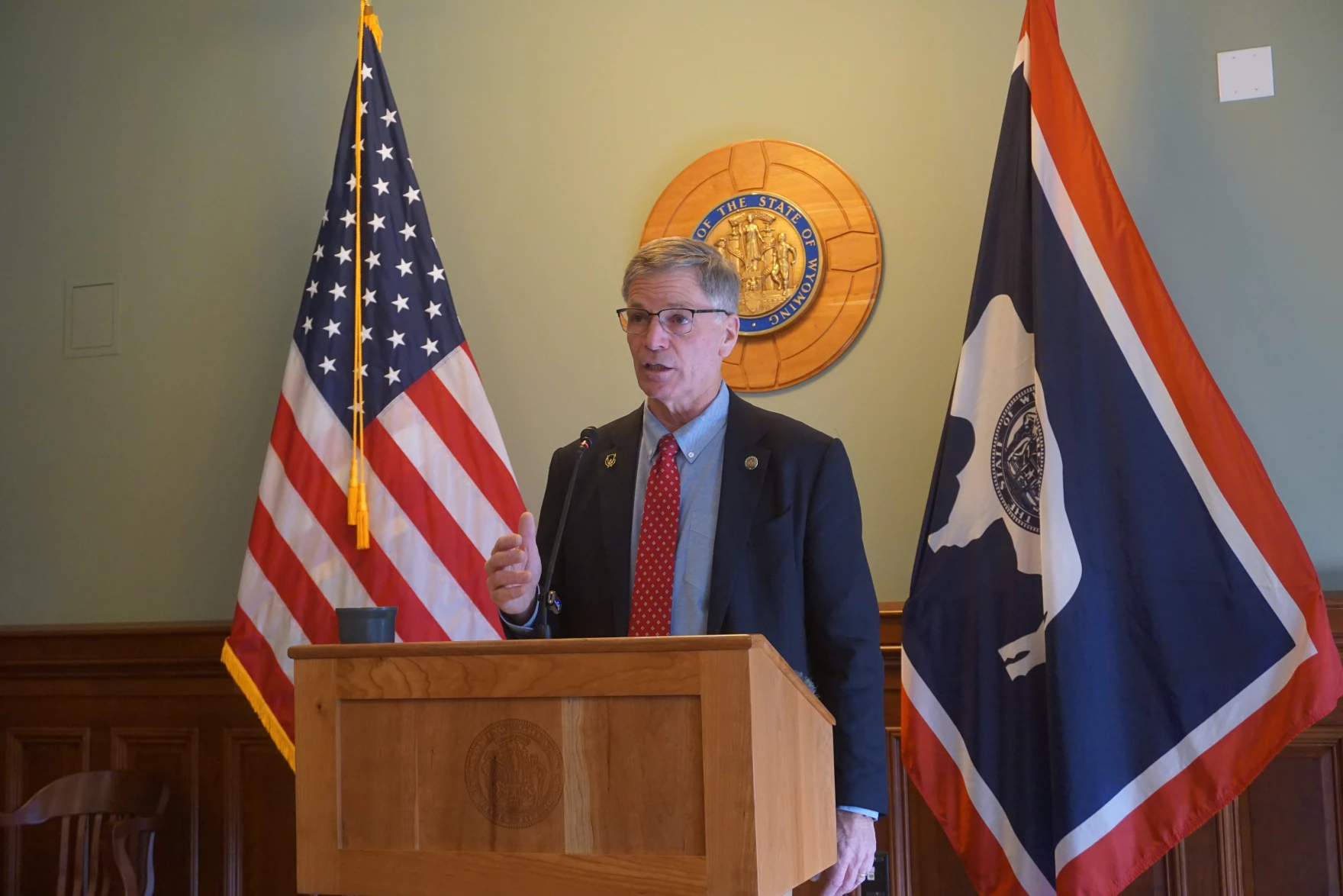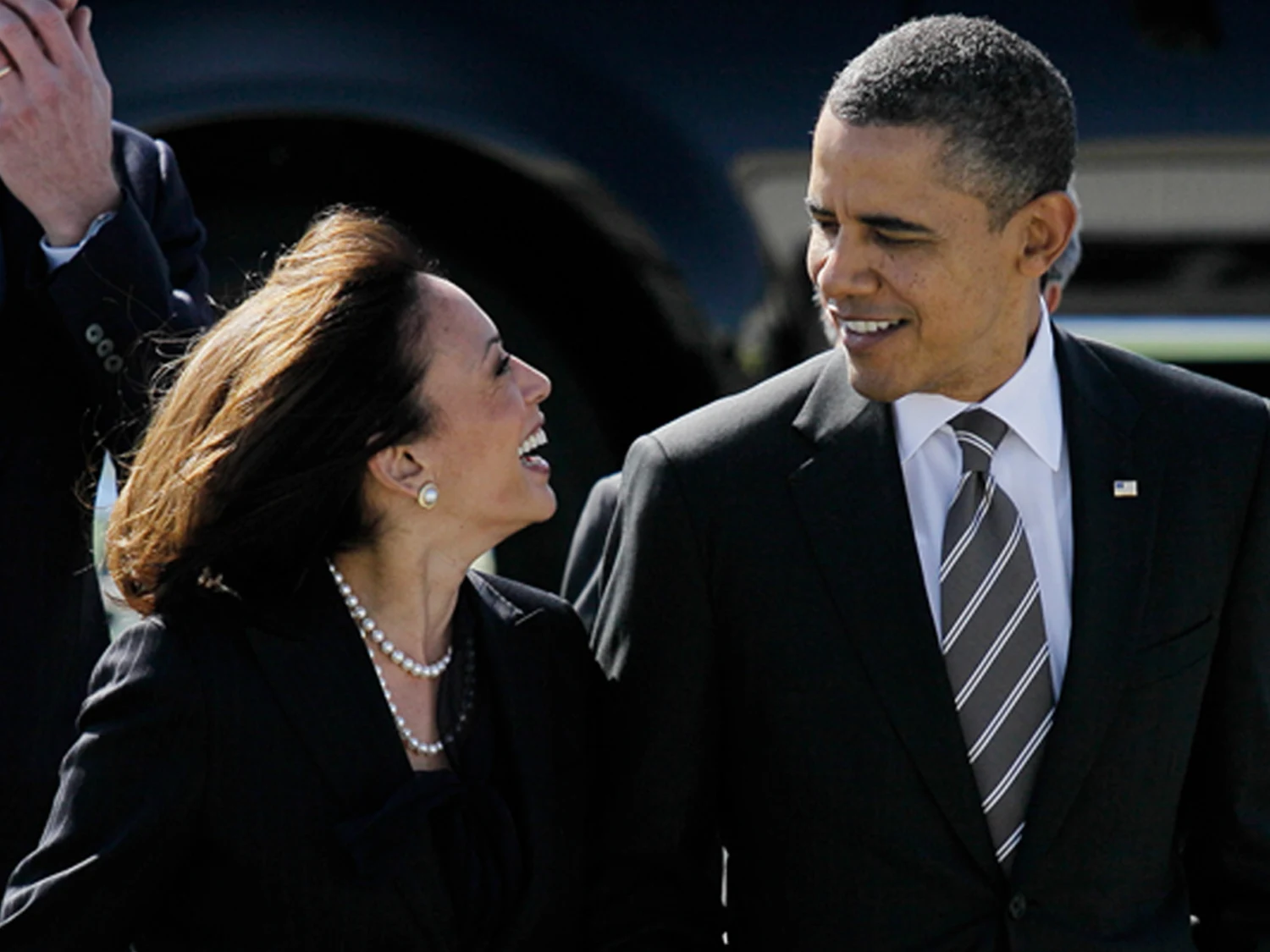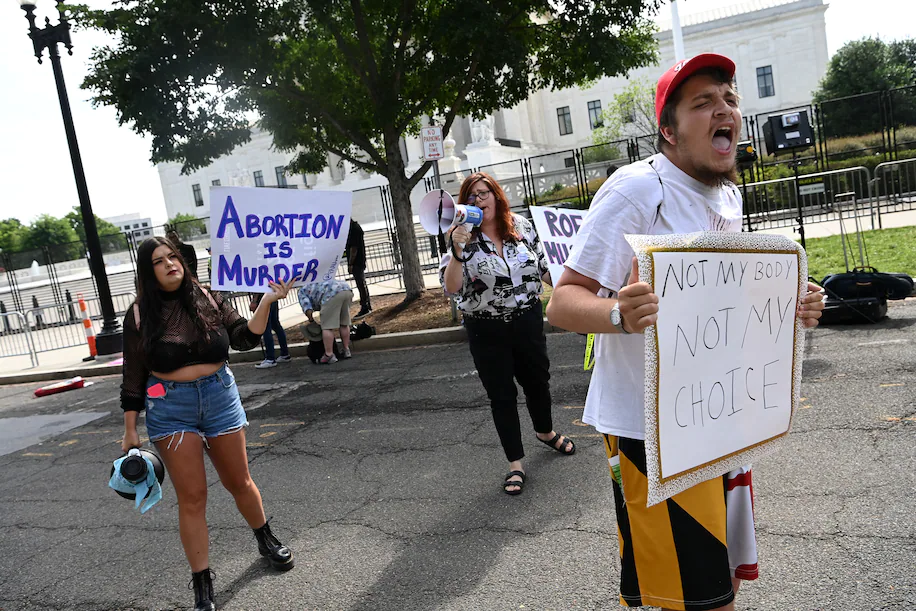With input from Gillette News Record, Wyoming Tribune Eagle, Wyoming Public Media, Cowboy State Daily, the Sheridan Press.
Gov. Mark Gordon has unveiled a two-year state budget that tops $11.13 billion, telling lawmakers and the public that Wyoming can both live within its means and still fund what he calls “the essentials.”
The proposal for the 2027–28 biennium is about $755 million higher than the current $10.38 billion budget, an increase of roughly 7.3 percent. Gordon insists that growth is largely in line with inflation, and that the state is not on a spending spree so much as trying to keep basic services from falling behind.
“Wouldn’t it be great if everything still cost what it did back a decade ago?” he wrote in his budget message. “Despite all that will be said, this budget — like those before it — is fiscally responsible… and within the norms of overall inflation.”
One of the biggest shifts is in health care. The Wyoming Department of Health would see its budget climb from about $2.26 billion to roughly $2.99 billion, just shy of what the agency requested and more than $700 million over the last biennium. Gordon argues that the state has to maintain access to safety-net services, from care for children and seniors to people with developmental disabilities and those with limited means. He also points to Wyoming’s scramble to tap the new federal Rural Health Transformation Program to help shore up hospital and maternity care in rural communities.
That jump drew immediate criticism from Rep. Ken Pendergraft of Sheridan, who chairs a subcommittee aimed at cutting the health department’s spending. His reaction to the governor’s number was blunt: “Holy crap, they’re not getting the message,” he said, wondering aloud if the administration was simply asking high to narrow the debate. Health officials counter that much of the complexity and growth comes from federal grant requirements and pass-through funding, not discretionary expansion.
Other agencies see both trims and bumps. The University of Wyoming’s budget would drop from about $553 million to $483.7 million, even as Gordon backs several UW research and energy initiatives and major maintenance dollars for state and school facilities. The Department of Transportation would climb from about $250.1 million to $282.8 million. The administration and information division — home to much of the state’s central operations — would rise to around $1.2 billion, a figure that includes a substantial round of employee pay raises.
Gordon is asking for roughly $112 million to bring state employee salary tables up to 2024 market levels for workers across state government, the courts, the University of Wyoming and community colleges. He says inflation and vacancy rates have made it harder to keep “quality individuals and talented folks” in public service. Some conservative lawmakers note that this would be the latest in a series of pay bumps in recent years and want more time to study the details.
On the construction side, the governor is pushing back on what he called a “huge wish list.” The State Construction Department’s capital construction fund requested about $561 million; Gordon recommends closer to $386.5 million. He leaves the estimated $2.2 billion school finance requirement intact for K–12 operations and backs more than $150 million in school capital construction, plus hundreds of millions for maintenance on school and state buildings, including a major renovation of the Veterans Home in Buffalo.
Public safety and corrections are another focus. The Department of Corrections would receive about $346.1 million, up from the prior $290.1 million but slightly below what the agency wanted. Gordon praises DOC as a model of “efficiency and effectiveness” but says chronic vacancies are hurting efforts to bring inmates back from out-of-state facilities. His budget includes $9.3 million to cover payments to outside institutions that house Wyoming prisoners, along with nearly $10 million for higher costs in food, medical care and utilities driven by inflation, and more than $100 million for adult community corrections and reentry programs.
After two rough wildfire seasons, Gordon is also asking lawmakers to think about both prevention and suppression. He wants to refill the state’s emergency fire suppression account back toward its usual $20 million level, expand the Smoke Buster program, fund two additional fire modules at roughly $4.6 million, and invest in invasive grass and fuels mitigation. In his words, Wyoming depends on “willing, competent, and committed volunteers” who drop everything to fight fires, and the state has to back them with resources.
Water and energy policy take up a noticeable part of his narrative. Gordon proposes an increase of about $6.2 million for the Attorney General’s office — still shy of the full request — to bolster the state’s legal and technical firepower in interstate water battles, especially on the Colorado River. He says Wyoming is currently “out-manned and out-gunned” by downstream states that have already hired teams of engineers and lawyers. The budget includes about $5 million for water litigation and funding for additional staff in both the AG’s office and the State Engineer’s Office in southwestern Wyoming.
At the same time, he urges lawmakers to fund the Department of Environmental Quality so it can keep up with permit processing for energy projects, particularly as nuclear and critical minerals interest grows.
“We can’t regulate ourselves into the future,” he said at his news conference. “We’ve got to innovate ourselves into the future.”
On the revenue side, Gordon leans hard into savings and investment income. He notes that earnings from permanent funds and other investments are now on track to become the state’s largest single source of revenue, with general fund investment earnings expected to hit about $913.7 million in the coming biennium. His budget recommends putting $250 million into permanent savings as a buffer against future downturns.
That stance puts him at odds with some in the Freedom Caucus and other hard-line conservatives who argue that big investment returns and surpluses should translate into more aggressive tax relief now. Gordon acknowledges the frustration over inflation and property taxes but warns against “cashing in” and repeating what he calls the federal government’s habit of borrowing from future generations. He supports continuing the traditional $105 million distribution from the state general fund to local governments to help them weather property tax cuts and wants $27.2 million for targeted property tax relief for struggling homeowners. He also says he’s open to a bill that would send more sales tax revenue directly to local entities; if that passes, he would trim back the state’s direct subsidy.
Education remains a delicate subject. Gordon leaves the main K–12 funding estimate untouched as lawmakers head into a recalibration year and the state fights a lawsuit over whether it is unconstitutionally underfunding schools. He highlights several UW grant and research requests, especially around energy and critical minerals, but does not wade into the legal arguments over school funding, citing the ongoing appeal.
The budget also nods to basic support programs like SNAP and school nutrition, with Gordon urging the state to help fill in where federal cuts have made it harder for low-income families to keep up. He frames those moves, along with health access and workforce pay, as part of his broader definition of “essentials” that government must provide when communities cannot.
Sen. Ogden Driskill, a Republican from Devils Tower who sits on the Senate Appropriations Committee, offered cautious praise, calling it a “lean budget” despite the higher topline. He said that, given inflation, Gordon had brought lawmakers “a budget that is pretty clean, pretty flat,” and added, “kudos to the governor. Pretty well done.”
The proposal now heads to the Joint Appropriations Committee, which will spend December and January dissecting it line by line before the full Legislature weighs in during the February budget session. Lawmakers will ultimately decide which parts survive, which get cut and which get rewritten — while Gordon retains line-item veto power over whatever final spending plan lands on his desk.










The latest news in your social feeds
Subscribe to our social media platforms to stay tuned